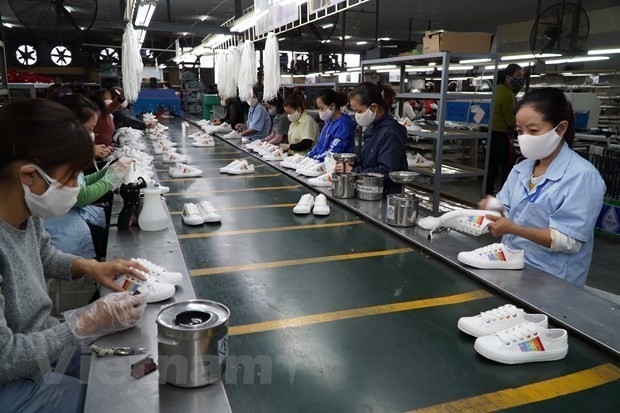
Vietnamese businesses look to further optimise opportunities from CPTPP
Latest
 |
| A survey by VCCI showed that about three-quarters of businesses said they will adjust their business plans to optimise the opportunities from the CPTPP and other FTAs. (Source VNA) |
Among 14 free trade agreements (FTAs) Vietnam has signed, the CPTPP is a new generation FTA with high standards and the highest level of facilitation. Vietnam has been forecast to be one of the members that benefits the most from the deal.
However, the country has experienced challenges in optimising the FTA because of its modest level of development and competitiveness.
Due to US-China trade tensions and the impact of Covid-19, the global economy fell into crisis last year with interrupted supply chains. Vietnam also suffered an economic downturn. Therefore, after two years of implementation, the benefits from the CPTPP are still to be seen.
Vu Tien Loc, President of the Vietnam Chamber of Commerce and Industry (VCCI), said that positive results in the two years of implementation include the reform of institutions and administrative procedures.
Explaining the modest benefits so far, Loc said major reasons include the poor competitiveness of Vietnamese enterprises, market instability, and the low capacity of State agencies.
Meanwhile, Nguyen Cam Trang, Vice Director of the Import-Export Department at the Ministry of Industry and Trade, said the CPTPP has helped promote Vietnam’s exports.
However, its market share and export growth to the six partners that have implemented the CPTPP have been low.
She noted that Vietnam’s market share is 3.1 percent in Japan, 1.9 percent in Australia, 1.6 percent in New Zealand, 1.3 percent in Mexico, 1.1 percent in Canada, and 1 percent in Singapore.
Growth in exports to CPTPP markets was 12.2 percent in 2018, 13 percent in 2019, and 12.02 percent in 2020, Trang added.
She said that, in the future, State agencies should enhance their capacity to implement the CPTPP while continuing to complete legal policies, strengthen communications regarding the deal, support macro, small, and medium-sized enterprises to improve their capacity, encourage investment in material production, and design measures to reduce logistics costs.
Businesses should also be more active in seeking opportunities from the deal, while changing their mindset and exploring demand in CPTPP markets to design suitable business strategies and plans, she added.
A survey by VCCI showed that about three-quarters of businesses said they will adjust their business plans to optimise the opportunities from the CPTPP and other FTAs.





















